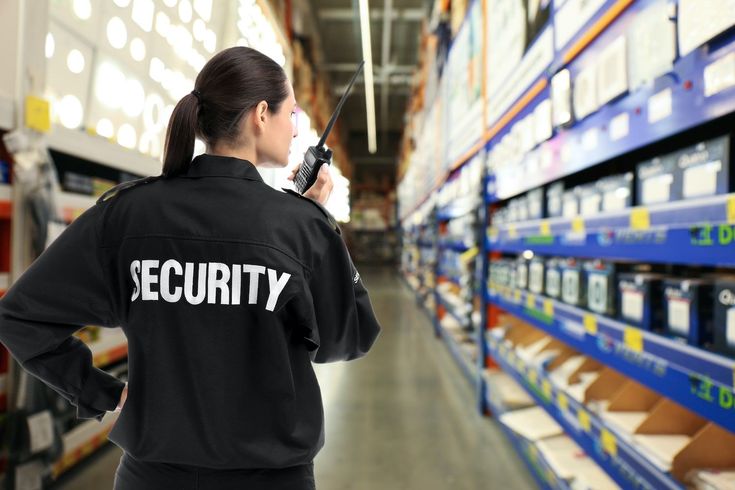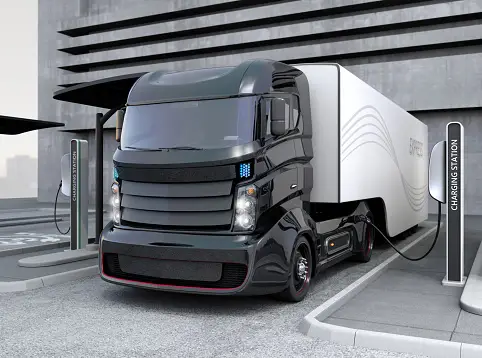After returning from a theatre, we often talk about the storyline, dialogues, cinematography, camera angles, and shots of a film. Okay, now imagine if the shots are not arranged in proper sequence or dialogues are not syncing with the lips. Would you appreciate it? No, isn’t it? Thus, post-production is an important stage of video production, be it for films, shot videos, daily soaps, or digital content. Every video needs to go through the post-production stage before its release on screen. In short, it is a process of bringing a video to life. Click here to understand in detail about post-production Montreal.
To gain an in-depth knowledge of post-production, first, you need to know about the different stages of video production. There are mainly three stages of producing video pre-production, production, and post-production.
In the pre-production stage, we conceptualize the idea, prepare a budget, plan the shots and camera angles, write scripts for the video, and put it on a storyboard.
All the recording or shooting takes place in the production stage. The videos are filmed according to the final script. Filmmakers also record some of the portion behind the scenes (BTS) for promoting the film. The role of actors, directors, camerapersons, and cinematographers are crucial in this stage.
The last and final stage is the post-production stage, where editing, mixing, and dubbing takes place. The final videos or films are released after covering all the stages. One needs to be an expert to deliver the video’s final copy as each element of video production demands attention and expertise.
Stages of post-production
The post-production stage is divided into five major parts. To understand each part in detail, keep reading the blog.
- Assembling stage: Once the video or film is shot, the post-production editor assembles all the raw footage and pictures based on the editing software timeline.
- Dubbing stage: Dubbing is done when there is unavoidable noise in the audio, and it needs to be re-recorded. Actors may require to dub the videos before it is submitted for broadcast or release in other languages.
- Editing stage: After collecting all the raw footages and audios, the post-production editor reads the script, arranges the shots in their sequence and edits it according to the script. This stage is crucial as it is necessary to trim and order videos and clean noise from the audios and mix audio and video parallelly. The post-production editor also needs to add visual or sound effects in the editing stage. Colour correction is also done to make videos more appealing.
- Deliverables creation stage: You have mixed and mastered the video. Now, you need to create deliverables in the form of clones. The deliverables are made keeping the specifications of each industry in mind. Like, theatres, televisions, and video streaming platforms have their own set of specifications such as resolution, frame, and colour.
- Promotion stage: When you are ready with deliverables, you need to promote your content everywhere. It would be best to keep your target audience in mind while promoting your content on any platform.
You can become a master at producing appealing video content by pursuing an audio and video production course from a reputed college in Toronto. Check for the course and apply now!



